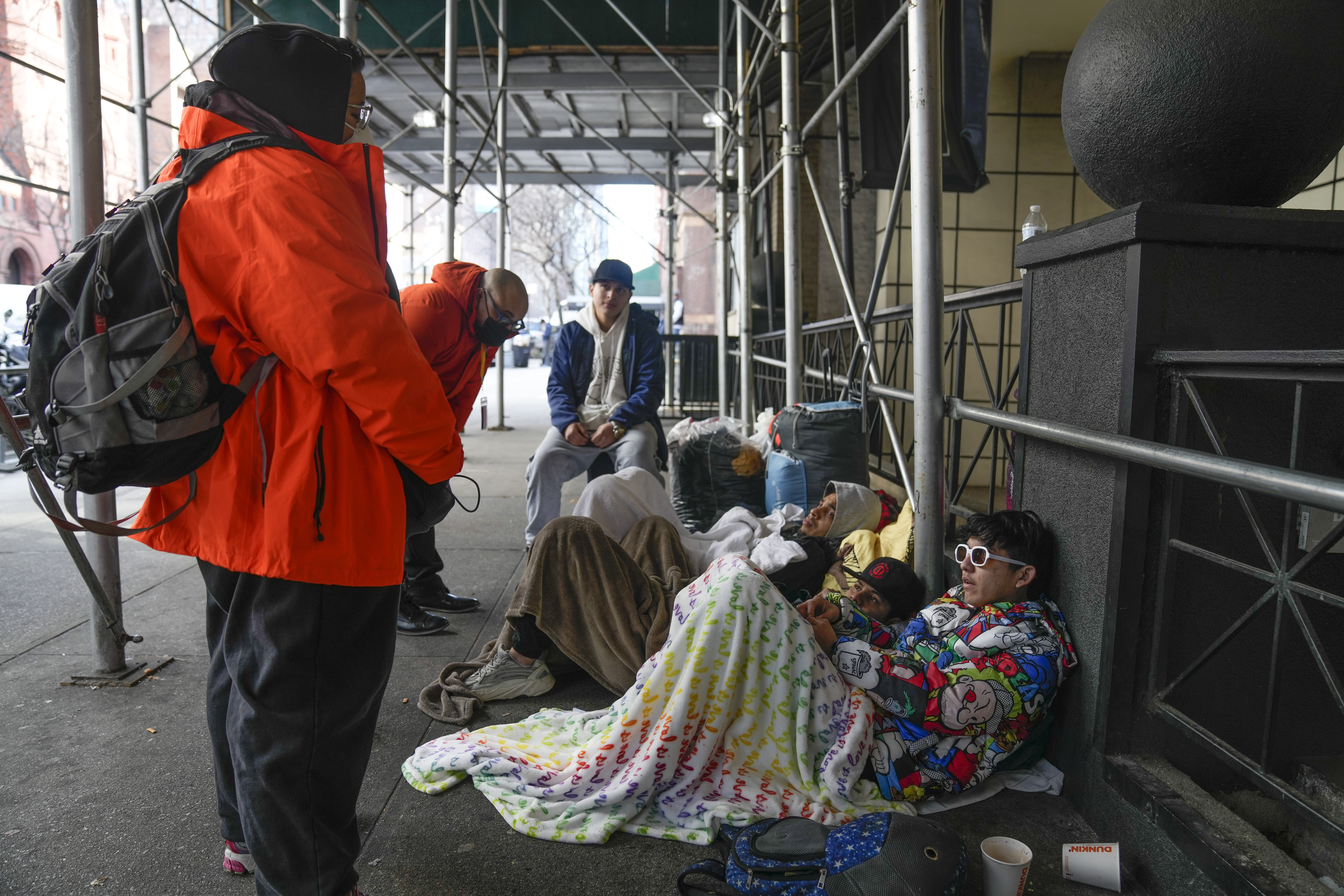A Timeline of Mortgage Rates Throughout History
Mortgage rates have fluctuated dramatically in the last 50 years of recorded data by Freddie Mac.
Rates have increased TREMENDOUSLY this year, averaging over 5%. Theses rates however, are still much lower in comparison to the rates in the early 1980s when the 30-year fixed rate was over 18%.
Rates are typically a reflection of the U.S. economy.
What triggers a drop or hike in mortgage rates is usually a combination of several factors: The U.S Treasury bond market, the mortgage market, inflation, monetary policy and the gross domestic product (GDP).
While it’s difficult to predict exactly where rates will land, there are some signs that can help us predict where they are headed.
The 1970s – NOT SO GROOVY!
Administrations:
| YEAR | PRESIDENT | VICE PRESIDENT |
|---|---|---|
| 1969-1973 | Richard M. Nixon | Spiro T. Agnew |
| 1973-1974 | Richard M. Nixon | Gerald R. Ford |
| 1974-1977 | Gerald R. Ford | Nelson Rockefeller |
| 1977-1981 | Jimmy Carter | Walter F. Mondale |
Significant Events:
The first jumbo-jet, the Boeing 747, makes its debut commercial flight from New York to London.
The U.S. voting age is lowered from 21 to 18 years old when the 26th amendment is ratified.
The Vietnam War and the Anti-War Movement
End of the Civil Rights Movement
The Gay Liberation Movement
The Watergate Scandal
The Cold War
Roe v. Wade
Ted Bundy
The Death of Elvis Presley
RATES & ANALYSIS:
Mortgage rates were very high at the beginning of the 70s.
The rate was around 7.3%, according to Freddie Mac’s historical data. Plagued by high inflation and the costly economic impact of the Vietnam War, average mortgage rates reached 12.9% by 1979. Many economists have been draawing parallels between mortgage rates in the 1970s and today due to the combination of high inflation and large government spending as a resuslt of the pandemic.
President Biden printing 40% of the total dollars ever printed in the history of America surely cannot be good!
“The pandemic now combined with the military conflict in Ukraine has roiled supply chains and the cost of oil, driving inflation to the highest levels since the 1970s and 80s,” says Kevin Fagan, head of commercial real estate economic analysis at Moody’s Analytics.
However, Fagan says there are key differences between the economy of the 1970s and today, which has helped stave off the higher rates seen 50 years ago.
“Demand is a major part of current inflation, with household savings rates and consumer spending that have been much stronger coming out of the 2020 pandemic than for households in the early 70s,” he says.
The 1980s – NOT SO RAD!

Administrations:
| YEAR | PRESIDENT | VICE PRESIDENT |
|---|---|---|
| 1977-1981 | Jimmy Carter | Walter F. Mondale |
| 1981-1989 | Ronald Reagan | George Bush |
| 1989-1993 | George Bush | Dan Quayle |
Significant Events:
Ronald Reagan is elected as the President of the United States.
AIDS Crisis
Iran-Contra Affair
The Computer is named Time Magazine’s Man of the Year in 1982.
Coca-Cola introduced “New Coke” in 1985 but were forced to return to the old formula only months later due to backlash
The Chernobyl nuclear reactor explodes in the USSR in 1986
Two years after the Challenger Disaster in 1986, NASA’s Space Shuttle program resumes
The Berlin Wall is torn down at the end of the Cold War in 1989.
RATES & ANALYSIS:
The 1980s was the most expensive decade for mortgage borrowing largely due to consistently high inflation.
By late 1981, mortgage rates averaged more than 18%, an astronomical price compared to today’s standards.
Paul Volcker, the chairman of the Federal Reserve Board from 1979 to 1987, was faced with the struggle of “stagflation,” a term used to describe stagnant growth and high inflation.
Volcker’s monetary policy of focusing on bank reserves and limiting the money supply pushed the country toward a recession that lasted from 1980 until 1983. Inflation fell to 3.2% in 1983, from an all-time high of 13.5% in 1980, and the economy rebounded. Mortgage rates began falling in 1982, ultimately dropping to 9.78% by the end of the decade.
The 1990s – SO FLY!
Administrations:
| YEAR | PRESIDENT | VICE PRESIDENT |
|---|---|---|
| 1989-1993 | Ronald Reagan | George Bush |
| 1993-2001 | Bill Clinton | Al Gore |
Significant Events:
Tim Berners-Lee publishes a formal proposal for the World Wide Web.
East and West Germany are reunited after the collapse of the Soviet Union.
The Internet becomes available for unrestricted commercial use in 1991.
NAFTA (North American Free Trade Agreement) is signed into law.
Intel introduces the Pentium Microprocessor.
Nelson Mandela becomes President of South Africa after being elected in the country’s first multi-racial elections.
Google is founded in 1998.
Apple Computers reveal the iMac computer.
🚨The United States has a budget surplus for the first time in thirty years.
RATES & ANALYSIS:
Mortgage rates remained in the single-digit range from late 1990s and all throughout the decade. Inflation was contained, which helped keep rates on a downward slope.
By the end of 1999, the average rate on a 30-year fixed mortgage was 8.06%, more than two percentage points lower than at the beginning of the decade when rates were hovering around 9.83%.
The 2000s – TALK TO THE HAND!
Administrations:
| YEAR | PRESIDENT | VICE PRESIDENT |
|---|---|---|
| 1993-2001 | Bill Clinton | Al Gore |
| 2001-2009 | George W. Bush | Richard Cheney |
Significant Events:
9/11 Attacks
George Bush creates the Department of Homeland Security on June 7th to fight threats of terrorism.
“War on Terror” begins and America goes to war in Iraq & Afghanastan
The No Child Left Behind Act is passed and President George W. Bush signs into law.
Housing Bubble
Facebook launches.
Hurricane Katrina strikes the Louisiana, Mississippi, and Alabama costal areas.
“YouTube” is founded.
Apple introduces The iPhone
President Bush and House leaders agree to a $150 billion stimulus package, including rebates for most tax filers of up to $600 for individuals, $1,200 for couples, and, for families, an additional $300 per child.
Michael Jackson passes away.
RATES & ANALYSIS:
Mortgage rates averaged around 8% in the beginning of the decade and then gradually fell to a range of 5% to 6% for most of the decade.
This was also a significant decade for mortgage rates because of the 2008 financial crisis, causing the Federal Reserve to slash its federal funds rate close to 0 to make borrowing more affordable.
By the end of 2009, the average rate on a 30-year fixed mortgage was around 5.14%.
The 2010s – SO EXTRA!

Administrations:
| YEAR | PRESIDENT | VICE PRESIDENT |
|---|---|---|
| 2009-2017 | Barack Obama | Joe Biden |
| 2017-2021 | Donald Trump | Mike Pence |
Significant Events:
Occupy Wall Street
Osama Bin Laden is killed
Kony 2012
Same sex marriage is legalized
Rise & Fall of ISIS
BREXIT
Global Climate Change Agreement – Treaty of Paris
Jeffrey Epstein “commits suicide”
Black Lives Matter
Donald Trump makes history as 45th President of the United States
RATES & ANALYSIS:
After the housing crisis, which caused an estimated 6 million people to lose their homes to foreclosure, mortgage rates stayed low.
For years following the crisis, home prices declined through early 2012 and then slowly began to rise.
Housing demand was very weak due to the homeownership rate falling for more than a decade between 2004-2016. Low demand was a big factor in keeping mortgage rates down—reaching a decade-low of 3.35% in May 2013.
The 2020s – OOF.
Administrations:
| YEAR | PRESIDENT | VICE PRESIDENT |
|---|---|---|
| 1989-1993 | Ronald Reagan | George Bush |
| 1993-2001 | Bill Clinton | Al Gore |
Significant Events:
The Pandemic is declared on March 11, 2020
5G is signed into law by President Trump shortly after
President Biden prints 40% of the dollar’s total output in history
Big Pharma develops the mRNA vaccine
USA enters a recession on July 1st
For the first time in history, California loses people in terms of population
RATES & ANALYSIS:
The early 2020s had very low interest rates. In response to the pandemic, the Federal Reserve pumped money into the economy, spending trillions of dollars on mortgage-backed securities to help steer the U.S. away from another financial crisis.
This move allowed lenders to offer rock-bottom interest rates, tumbling to the mid-2% range by the summer of 2021.
However, supply-chain issues and inflation were indirect catalysts to a jump in mortgage rates in the spring of 2022. The sudden rise in rates has aggravated an already overheated housing market, battling low supply, high demand and rapidly increasing prices.
Will Today’s Mortgage Rates Continue to Climb?
According to experts, rates are not going down anytime soon! In fact, they are likely to continue increasing.
“If inflation were to spiral out of control and spur the Fed to take even more aggressive action, rates could rise to a level that could send demand and affordability into a steeper downward spiral than the decrease we’re seeing currently,” Heck says. However, “current market indicators are not projecting interest rate levels in the next ten years to reach a level that would send mortgage benchmarks above 7%.”
As the Fed continues to raise interest rates, the economy could begin to slow down, as it’s done in the past.
“If we have an unexpected event that shocks the economy into a serious slowdown, we could see demand fall, which may then lead the Fed to stop increasing rates,” says Damon Winter, a financial planner at OnMark Asset Management. “It’s even possible they could reverse course and reduce rates to bring the economy out of a recessionary period.”





















Add comment